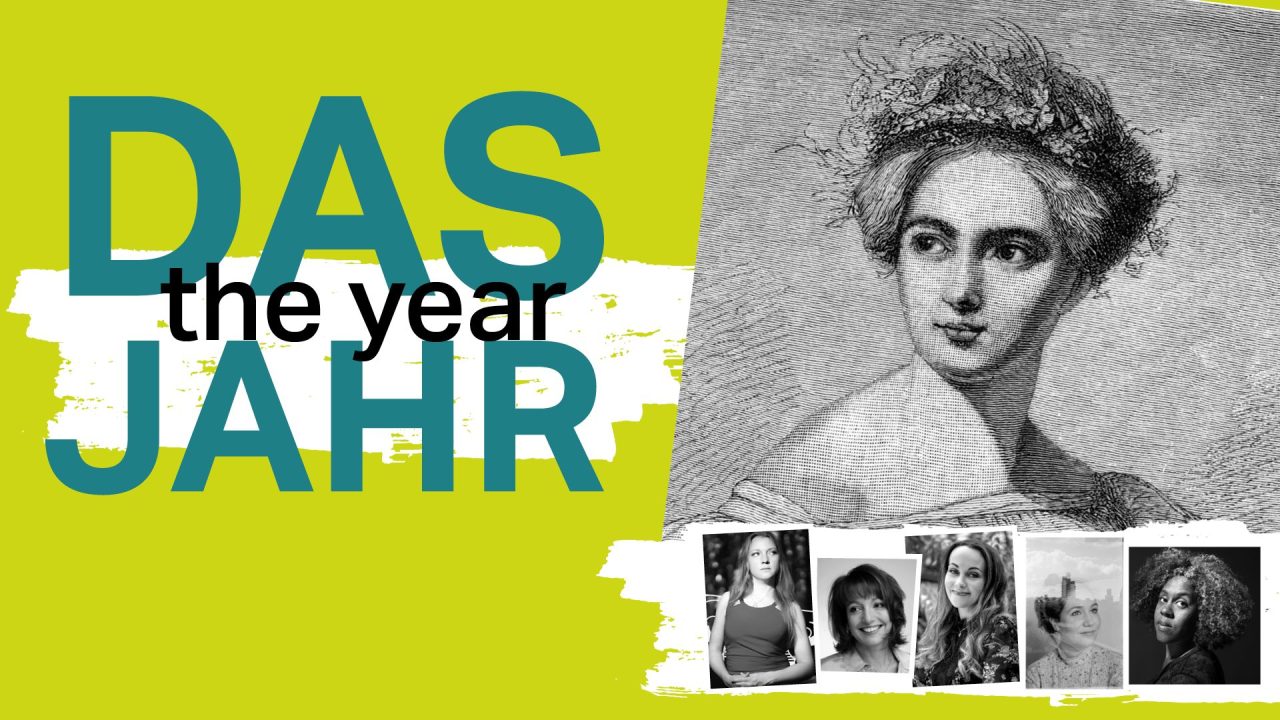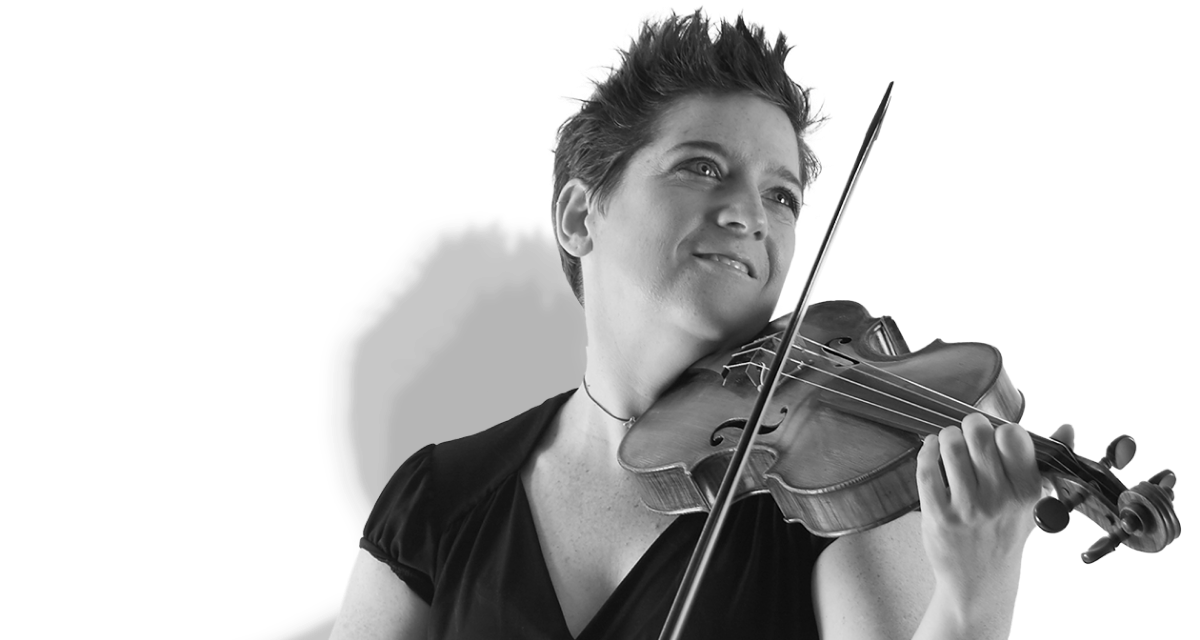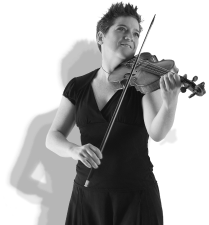Why have we commissioned four women composers to write original pieces inspired by Fanny Mendelssohn's piano cycle Das Jahr?
Fanny Mendelssohn’s own description of her piece Das Jahr (The Year) as a “small work that is giving me much fun” perhaps reflects the pervasive disparity in the 19th Century in how the work of women composers was valued in comparison to their male counterparts. Das Jahr is a substantial piece with the entire cycle taking around 50 minutes to perform; after all, the popular ‘Charakterstücke’ genre included now well-established pillars of the piano repertoire such as Schumann’s Davidsbündlertanzen, whilst Fanny’s work predates Tchaikovsky’s The Seasons by over 30 years.
The Das Jahr project developed from conversations around how the OAE, an orchestra which focuses on music from the 17th to 19th Centuries, could address the issue of programming more works by women composers. Double bassist Cecelia Bruggemeyer, who chairs the OAE’s Players Artistic Committee, explains the issues involved: “Not many people can list female composers of the 19th Century in Europe. Even with the desire to raise their profile, and recent research work that is broadening the canon, there’s very little for us to draw on when putting programmes together. The commissioning structures of the time meant that women simply didn’t get the opportunities to write for orchestras, or get published. Fanny Mendelssohn is a prime example: she’s an incredibly talented composer that had very little opportunity or encouragement to write orchestral music. She did, however, leave a legacy of over 400 pieces of chamber music and songs.”
Max Mandel, principal viola of the OAE, who has acted as an artistic co-ordinator on the project, adds that the “piano cycle, Das Jahr, stands out as a particularly ambitious work and the idea came to us that we could work with living composers to reimagine it as a multi-movement work for our orchestra… a vision of what Fanny might have created in 1841 in a more equal world.”
So that’s why we’ve commissioned Roxanna Panufnik, Electra Perivolaris, Freya Waley-Cohen and Errollyn Wallen to compose new work for an 1840s period orchestra.


